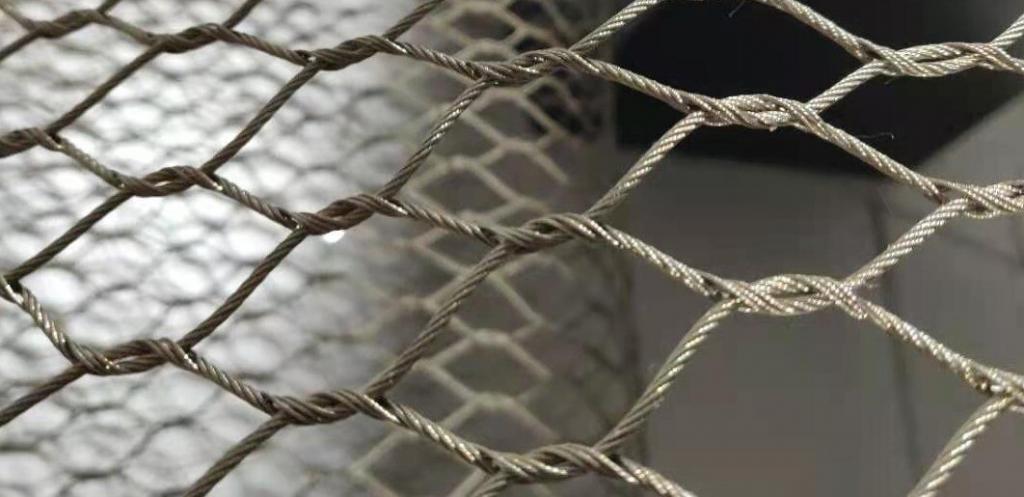The world of zoological design has evolved significantly over the years. A key player in this evolution is the Zoo Mesh System.

This system, comprising of mesh panels and animal enclosures, has revolutionized the way we house animals. It offers a balance between visibility, safety, and the simulation of natural habitats.
In this article, we delve into the intricacies of the Zoo Mesh System. We explore its importance, applications, and the considerations involved in its implementation.
Join us as we unravel the world of Zoo Mesh Systems, a cornerstone of modern zoological design.
The Essence of Zoo Mesh Systems
A Zoo Mesh System is a specialized structure used in zoos and wildlife sanctuaries. It is designed to house animals while ensuring their safety and well-being.
These systems are made up of mesh panels that form the animal enclosures. The mesh design allows for optimal visibility, enabling visitors to observe animals without obstruction.
Moreover, the mesh structure simulates a natural habitat. This is crucial for the animals’ psychological health and overall well-being.
In essence, a Zoo Mesh System is a blend of functionality, safety, and aesthetics in zoological design.
Material Considerations for Zoo Mesh
The choice of material for a Zoo Mesh System is critical. It directly impacts the system’s durability and longevity.
Stainless steel is a popular choice due to its strength and resistance to weather conditions. It can withstand the elements, ensuring the enclosure remains secure over time.
However, the material must also be safe for the animals. It should not pose any risk of injury or harm.
Lastly, the environmental impact of the material’s production process is another important consideration.
Advantages of Implementing Mesh Panels
Mesh panels offer several advantages in zoo design. One of the most significant is the visibility they provide.
Visitors can observe animals without obstruction, enhancing their experience. At the same time, animals can see their surroundings, simulating a more natural habitat.
Moreover, mesh panels are versatile. They can be customized to fit various enclosure sizes and animal species.
Designing for Animal Welfare and Safety
A well-designed Zoo Mesh System is crucial for animal welfare. It provides a safe and secure environment for animals, reducing stress and promoting healthy behaviors.
The choice of mesh aperture size is critical. It must be appropriate for the species to prevent escape or injury.
Moreover, the system should facilitate veterinary care and research, contributing to the overall health of the animals.
Innovations and Customization in Zoo Mesh Systems
Innovation in Zoo Mesh Systems has enhanced visitor experience. Customization options allow for the creation of natural habitat simulations, contributing to conservation efforts.
These systems can also be designed to accommodate growth and changes in animal populations. This flexibility is essential in modern zoological design.
Moreover, technology plays a significant role in the design and manufacturing of advanced Zoo Mesh Systems. It allows for precision and efficiency in creating enclosures.
Maintenance and Longevity of Zoo Mesh Systems
Maintenance requirements for Zoo Mesh Systems are crucial to consider. Regular upkeep ensures the system’s longevity and animal safety.
Durability and weather resistance are key factors in the material selection. High-quality materials like stainless steel offer long-term investment value.
However, challenges can arise during the installation of Zoo Mesh Systems. Professional consultation can help overcome these obstacles.
Lastly, it’s important to note that Zoo Mesh Systems can be retrofitted or upgraded in existing zoo enclosures. This ensures their continued effectiveness and relevance.
Conclusion: The Future of Zoo Mesh Systems
The future of Zoo Mesh Systems holds promising developments. Innovations in design and materials will continue to enhance animal welfare and visitor experience.
Moreover, the role of technology in Zoo Mesh Systems design and manufacturing is expected to grow. This will further improve the efficiency and effectiveness of these systems.


